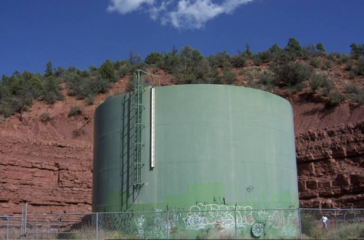EPA fails to adequately test tribal drinking water systems for PFAS, study finds
US tribal public water systems receive proportionately less federal testing for harmful “forever chemicals” than other drinking water systems, according to a new study published Wednesday in the journal Environmental Health Perspectives.
Tribal communities have long suffered from water justice issues. Almost half of all tribal US homes don’t have access to clean or reliable water, or lack basic sanitation. High levels of arsenic, manganese, or iron have also been found in many tribal communities’ drinking water.
The study looked at data on PFAS collected from 2013 to 2015 through a federal program for monitoring unregulated contaminants in drinking water, finding that only about 28% of the population served by tribal drinking water systems was included in the testing. In contrast, almost 80% of the population served by non-tribal drinking water systems was included.
“We’ve been looking at issues of PFAS contamination and the unevenness of testing for years, and still these [findings] were surprising in terms of how big the discrepancy was,” said Alissa Cordner, co-director of the PFAS Project Lab at Northeastern University and an author of the study.
“Unfortunately, what tends to happen with PFAS is a lack of data is translated as a lack of a problem,” added Cordner. “Just because a place hasn’t been tested for PFAS doesn’t mean the PFAS aren’t there.”
PFAS, a class of chemicals used in many everyday products, have been linked to cancers and other serious health problems. Since there are not yet federally enforceable standards for PFAS in drinking water, the Environmental Protection Agency (EPA) collects data about these chemicals, along with other contaminants suspected to linger in drinking water supplies, under the Unregulated Contaminant Monitoring Rule (UCMR). This month, EPA is expected to issue long-awaited drinking water health standards for two PFAS chemicals, PFOA and PFOS.
 EWG
EWG